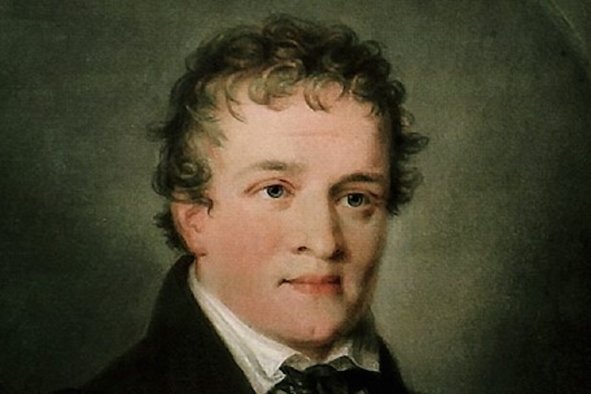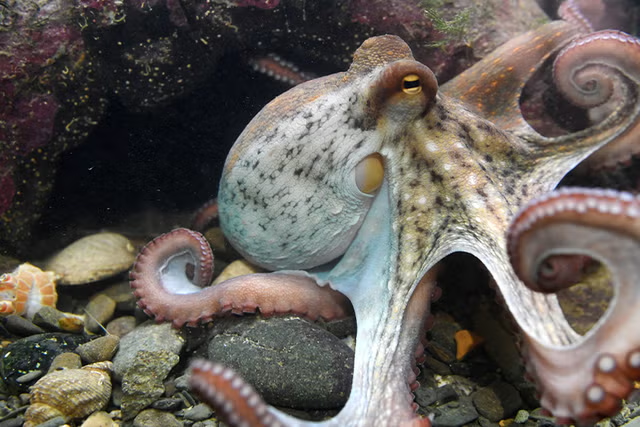A "table" in an "exceptional" Roman tomb has turned out to be an ancient sarcophagus bearing a set of human remains, archaeologists have revealed.
The so-called Tomb of Cerberus, which was discovered last year sealed and in almost perfect condition, is located in Giugliano, a municipality in the Metropolitan City of Naples, Campania, southern Italy.
The tomb, which lies within a wider ancient necropolis, is thought to date from the 2nd century B.C. to A.D. 27, when an inscription was made indicating the date of the last deposition, Simona Formola, an archaeologist with the Superintendency of Archeology, Fine Arts, and Landscape for the Naples Metropolitan Area (SABAP) who has been directing excavations at the site, told Newsweek.
During an investigation of the tomb this summer, Formola and colleagues realized that what they thought was a large table, was actually a sarcophagus, which contained the remains of an individual and grave goods, SABAP announced in a statement.
The sarcophagus was "perfectly sealed" and had not been open for more than 2,000 years, the archaeologist told Newsweek.
The researchers were able to peer inside the sarcophagus by creating a small opening and pushing through a micro-camera. Inside, they saw the very well-preserved body of a male individual, covered from head to toe in a cloth shroud.
"The state of conservation of this shroud is absolutely exceptional, due to the particular microclimate that was created in the burial chamber," Formola said.
Two pairs of strigils—a device used in antiquity to scrape the surface of the skin clean—and several ointment jars positioned all around the body were also found.
Taking into account the particular care with which the deceased was treated and the nature of the grave goods, which are a little older than those previously found in the tomb, the researchers believe that the individual could be the progenitor of the family for which the mausoleum was built.
It is possible that he was one of the officers following Scipio Africanus, a Roman general and statesman, best known for being one of key players in Rome's victory against Carthage in the Second Punic War. Scipio died in 183 B.C. in the ancient town of Liternum, which is located in what is now Giugliano near the location of the Tomb of Cerberus.
"Based on the typology and the frescoes found in the tomb, it must have belonged to a rich Roman, probably a veteran who took part in the victories alongside Scipio Africanus," Formola said.
The archaeologist described the discovery of the tomb last year as "exceptional". It was made during the laying of a water pipeline—works which prompted a preventive archaeological excavation, requested by SABAP, in an area that had never previously bee investigated.
After weeks of excavations, the archaeologists revealed an underground funerary chamber at a depth of around 10 feet—with dimensions of roughly 10 by 13 feet—covered in frescoes and in an excellent state of preservation, having been sealed for roughly 2,000 years.
At least three skeletons and two cremation burials were initially found inside the chamber, as well as ointment jars, amphorae, vases, jugs and perfectly preserved bronze and glass objects.
"No similar discovery has been previously known in this area. Usually modest tombs are found in earthen pits, almost always already disturbed," Formola said.
"Investigations will resume shortly inside the tomb and more extensive excavations have already been planned in the area where we certainly expect the presence of other superficial tombs, while the archaeologists' secret hope would be to be able to find other monumental chambers nearby," she said.
Do you have a tip on a science story that Newsweek should be covering? Do you have a question about archaeology? Let us know via science@newsweek.com.
Disclaimer: The copyright of this article belongs to the original author. Reposting this article is solely for the purpose of information dissemination and does not constitute any investment advice. If there is any infringement, please contact us immediately. We will make corrections or deletions as necessary. Thank you.



